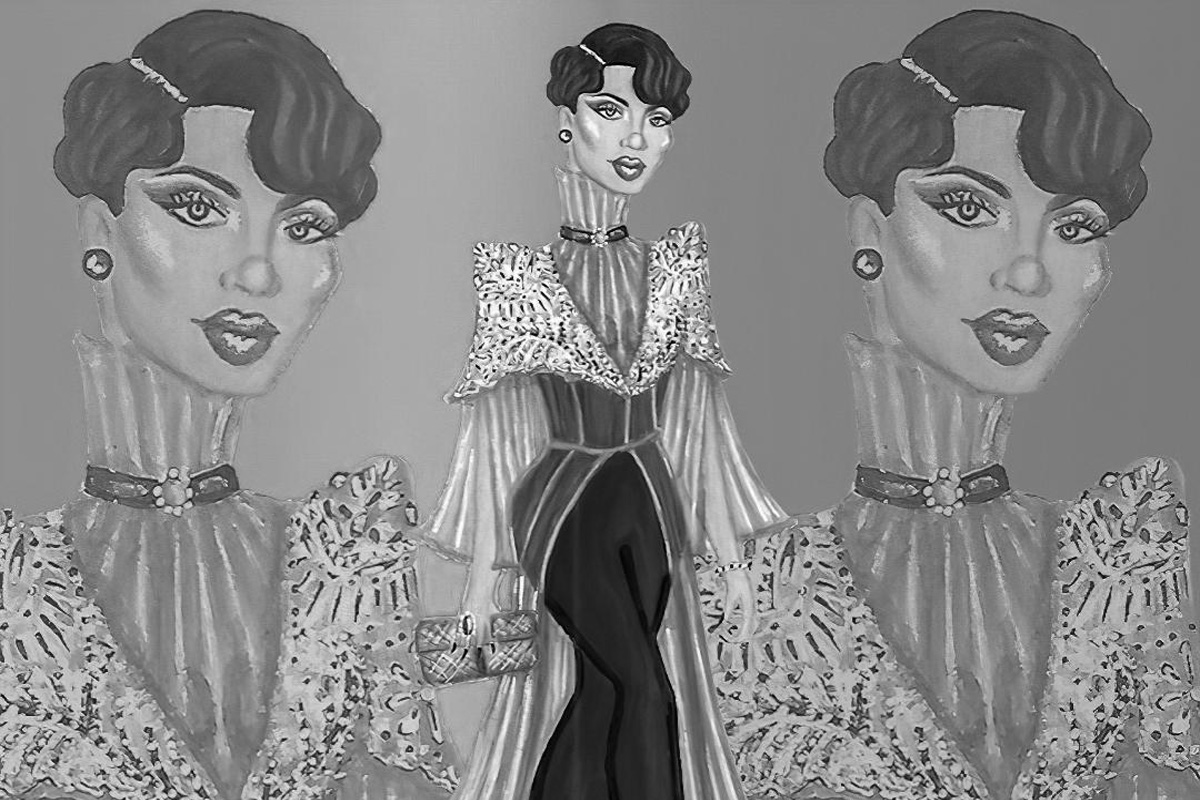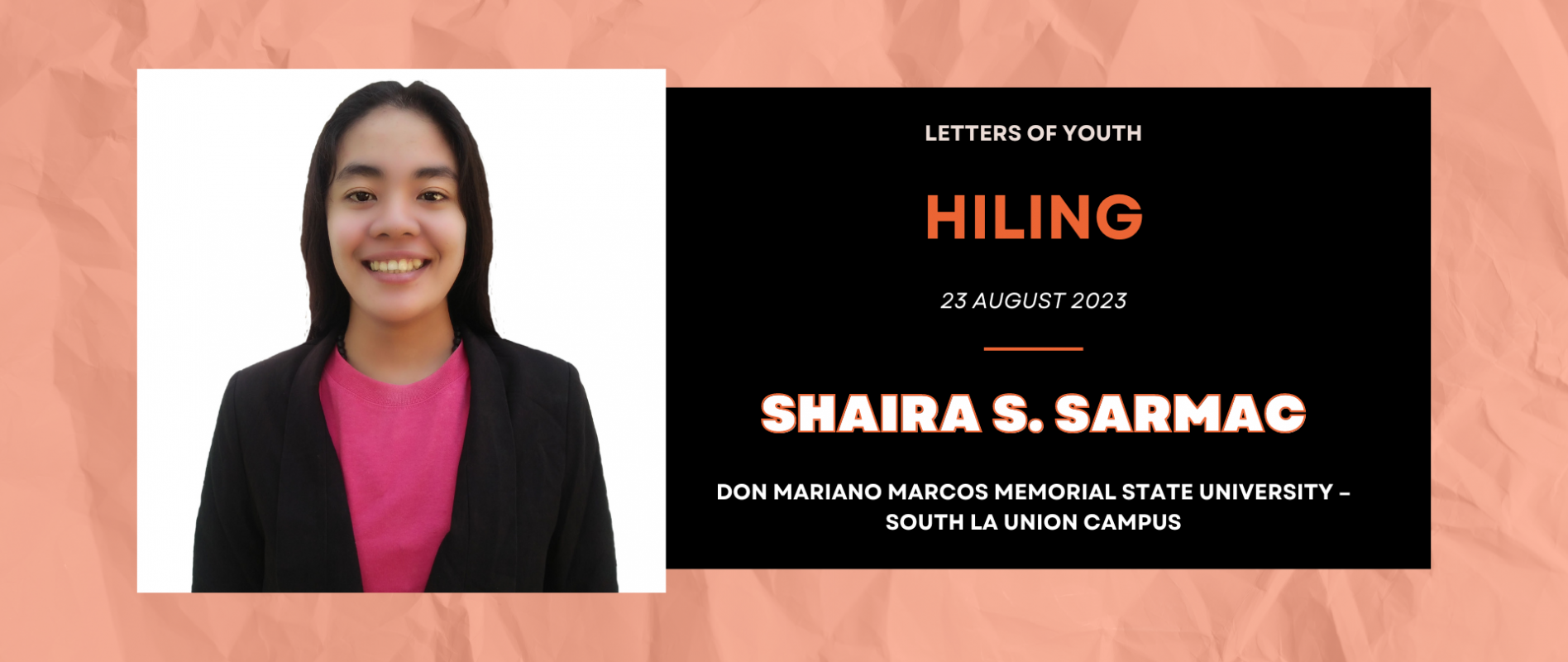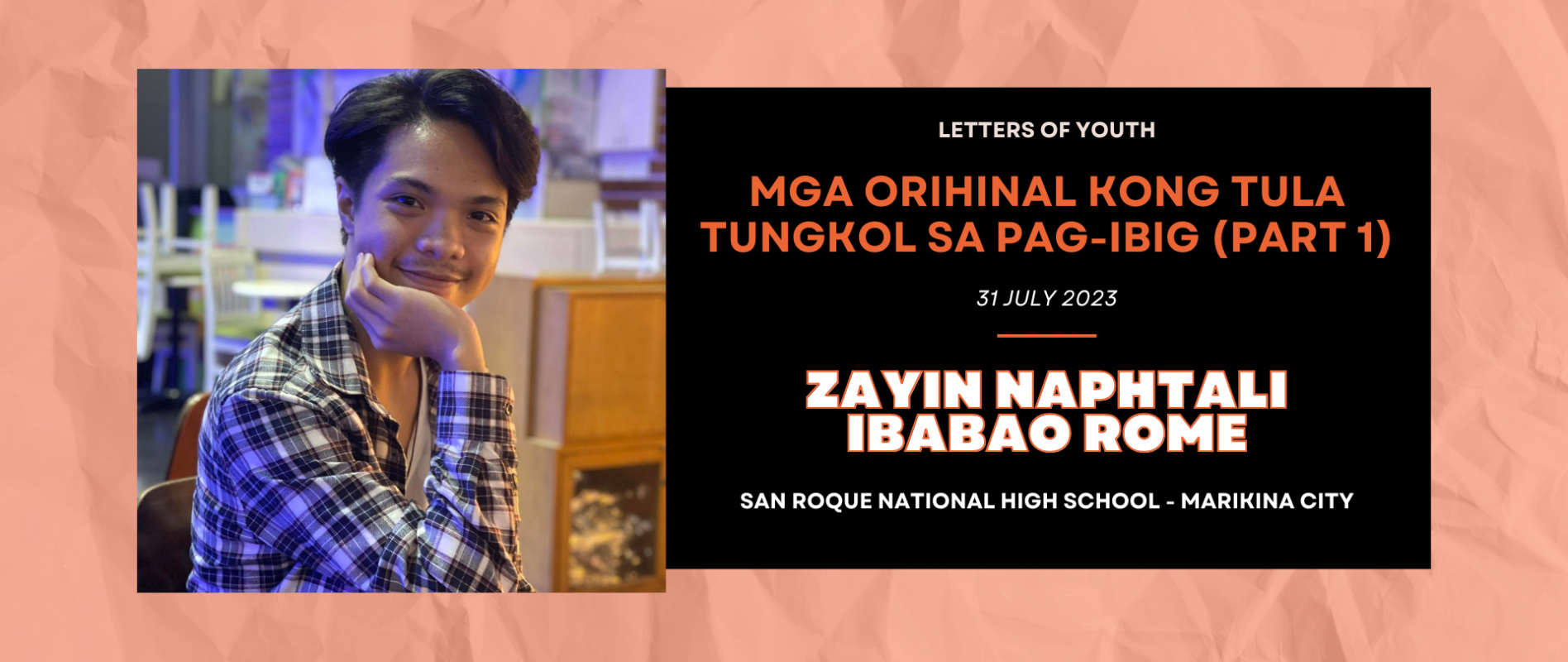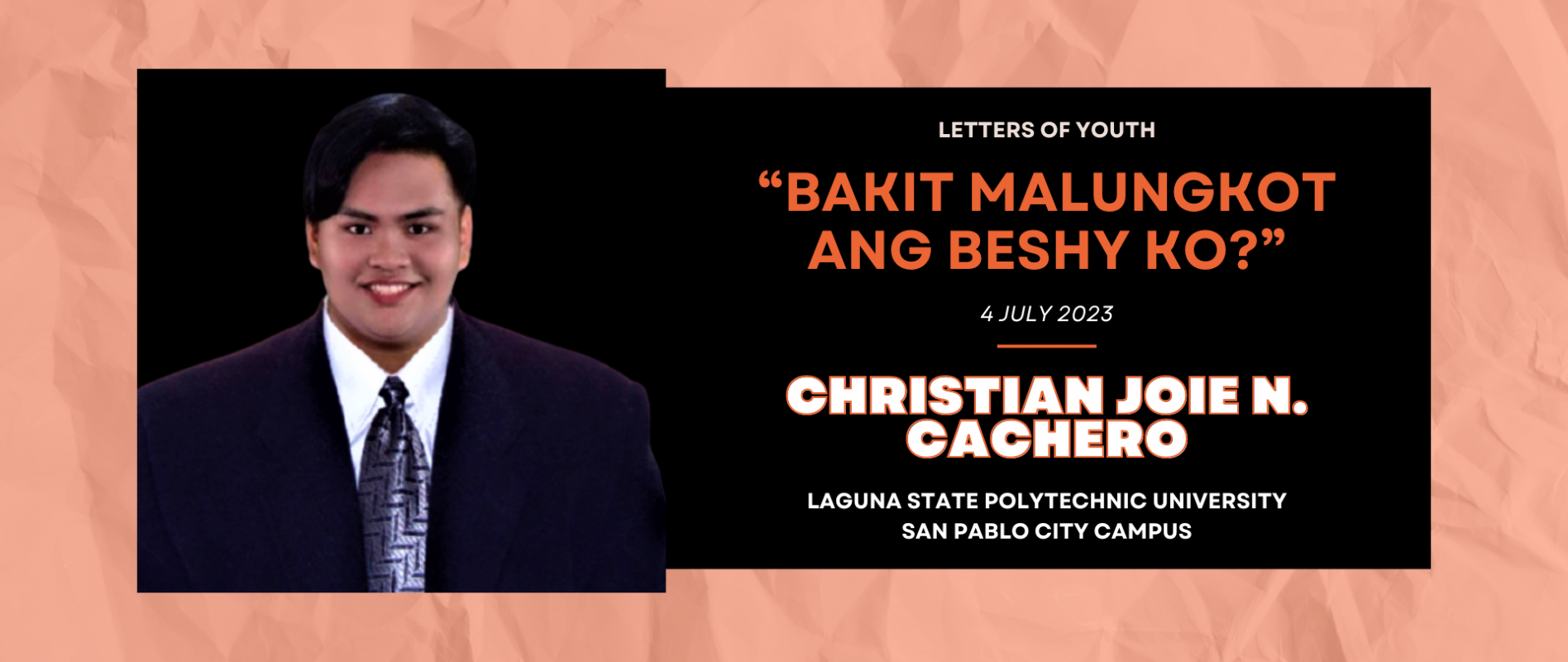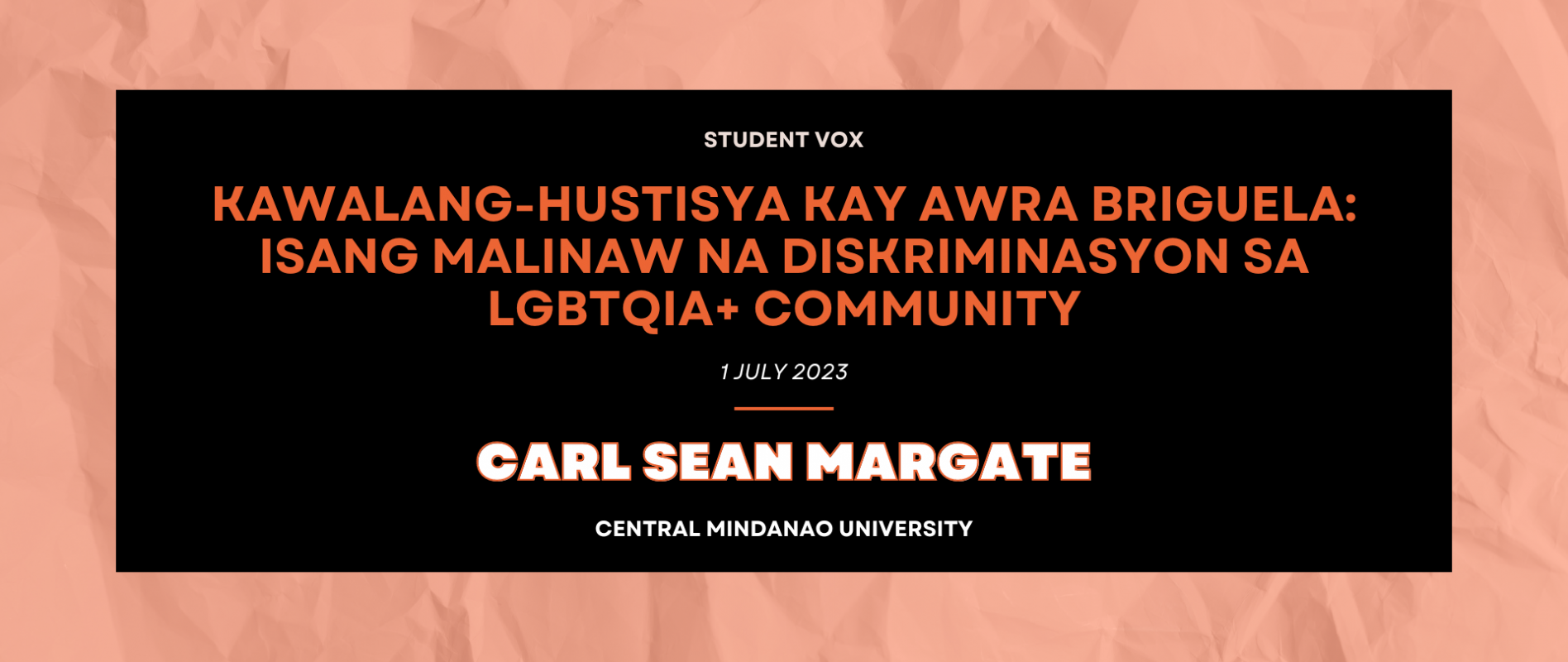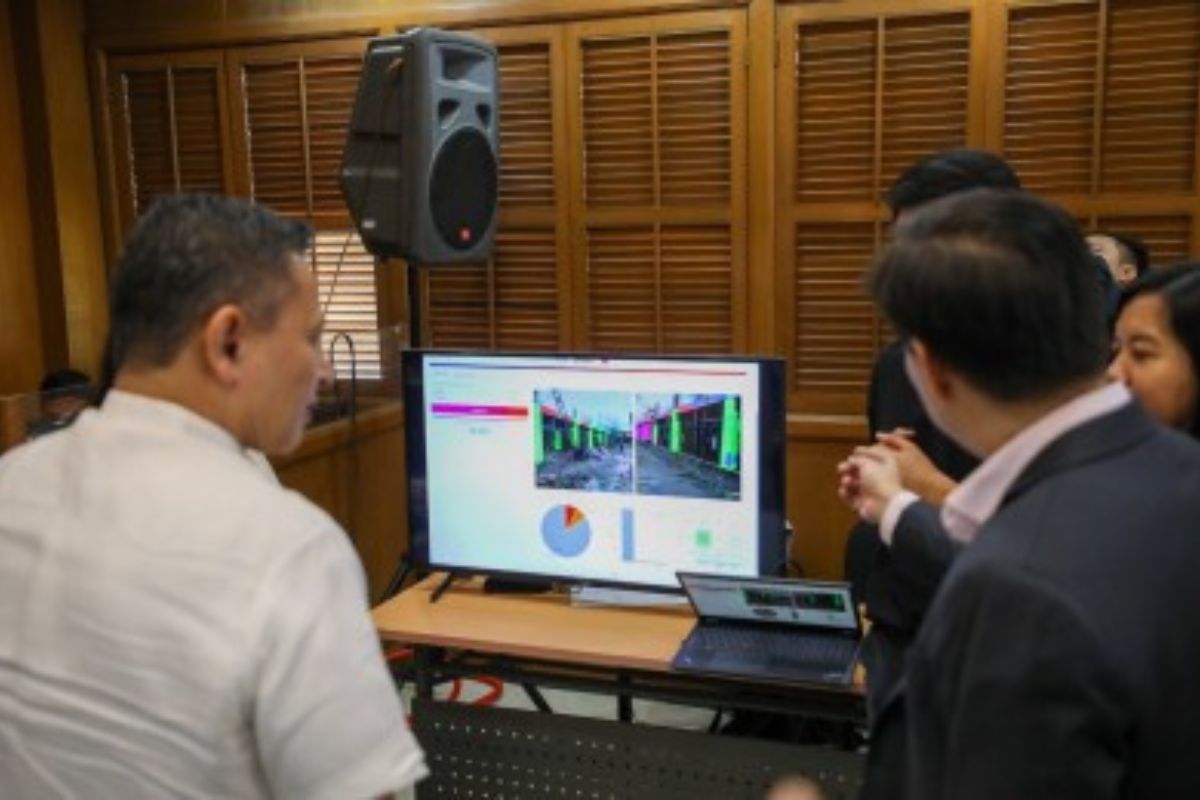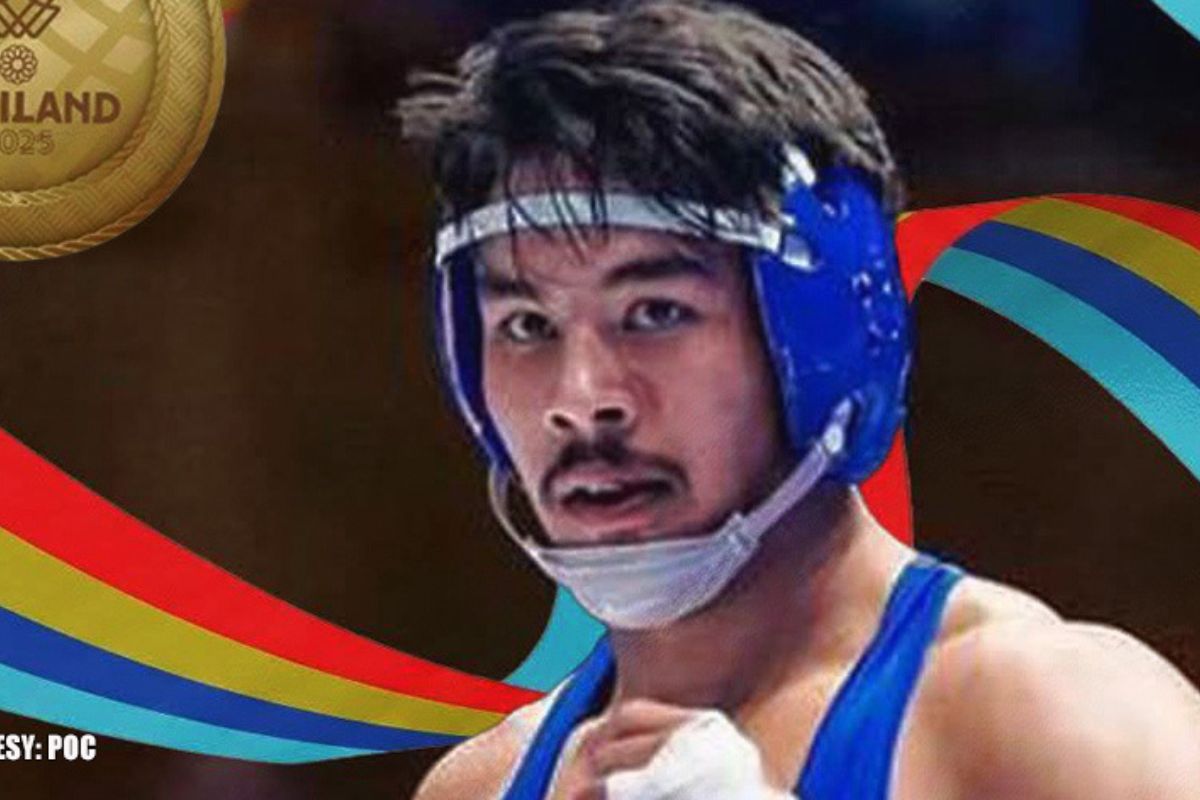THE MARIA CLARA CULTURE
Politics has been the rule of the world since the beginning. The forming of alliances to gain fame and power; or creating class antagonisms from one individual to an entire country –is the most common politicization. The Philippines, a less-developed country with a quarter of illiteracy (hence susceptible to becoming a colony) has been tied on the manacles of the Spanish reign for 333 years. The conquest was too long, that its impositions changed the shape of the Filipino context, precisely like how religion was alongside politics.
Rousseau said that a man in the state of nature is naturally content and it was only civilization that confined, enslaved, corrupted, and made man unnatural. The man started questioning things, having more desires, creating antagonisms and gaps, and such. This is what happened to the Filipinos under the Spaniard’s rule. Civilization from Christianity has corrupted the whole jingbang of the society that up until now is immensely ingrained in the Filipino culture.
The strongest and most consistent ideal from the Spanish rule is the patriarchal culture. Dr. Jose Rizal, the Philippines’ national hero, wrote a novel entitled Noli Me Tangere which casts a woman named Maria Clara. In the novel, Maria Clara believed in the correlation between conservatism and womanhood. She was a devout Catholic; an epitome of purity, modesty, and decorousness. She measures her clothes, filters her words, and obeys everything bestowed by her family.
Basically, Rizal reiterated the prejudices against women through Maria Clara’s sufferings. But, reversely, the society put Maria Clara on the pedestal: symbolizing her as an ideal woman of all time. Thus through then, women are moulded with such creeds that they should be submissive like her. They should talk less, merely participate on family/societal decision-makings, do better on household chores, be reserved by preserving thyself from any sexual adventures, wear the right pieces of clothes to not be sexually harassed, and adhere to the standards of what is physically appealing alight on the eyes of men, and the Church.
As to how the Maria Clara culture boomed this society – it indisputably buttressed and spun out oppressive and misogynistic views of what it meant to be a Filipina. Technically, it intensified patriarchy and even created more underlying issues: sexism, negative portrayal of femininity, victim-blaming, rape culture, homophobia, gender inequality, and internalized prejudices.
While growing, the patriarchal culture has been my wrecked sanctuary. I identify it as a generational curse. It is embedded in our beliefs and values, hence its complexity. It is sustained not only by my grandparents: the older generation, but also by men and women of the current century – my friends, classmates, and fellow youth. I have been confined in a shell – where the hymen is more important than my actual needs. I have witnessed teenage pregnancy, where only teen moms are wronged. I even saw sex scandals where headlines only state the women’s lust. I experienced wearing sleeveless tops and changing it afterward for the fear of being sexually harassed. I also experienced chasing a boy or making myself pretty for the boys. I was too naïve, thinking that these things bestowed on me are the right things. Hence, I was sleeping with internalized misogyny and homophobia – the tenets of patriarchy. However, when I started a journey where all I have was myself – I learned about independence. Not just the word with a shallow definition of being able to know household chores, but I learned a few pages from the whole context of it. I learned about the concept of socialism, liberalism, and Marxism-Leninism. I became a feminist, and an advocate of gender equality. I uphold my rights and abandon the taboo of virginity and “decent” clothing. Eventually, society called me a slut, and described me as the antonym of Maria Clara.
It is frustrating how womanhood has been downgraded by patriarchy. Womanhood means motherhood, or fertility, or the kitchen. Feminism has been equated by some to heroism, when in fact, it should be a basic ethical ideology. Some also correlated feminism to misandry. Some still clasp such understandings about whether women and men are ‘naturally’ different; whether maleness is inherently logical, whereas femaleness is inherently emotional. Some also ought to recognize that the world is a dangerous place that needs men to act as protectors of women. While almost everyone still defines Maria Clara and all other women by their clothes.
In summation, in this modern epoch, it should be fathomed that the Maria Clara culture is not just really about conservatism anymore. This sphere is indisputably rotating, hence a new understanding of Catholic dogmas: equality, feminism, liberalization, and the eradication of repression. It is time that we celebrate womanhood along with Maria Clara – by breaking the chains of the suppressive past. We remember our primordial and original Maria Clara (of their own) – Princess Urduja, Gabriela Silang, Melchora Aquino, Gregoria de Jesus, and all the women who fought for freedom and equality; proofs that it is necessary to let go of the normative “Maria Clara” – long skirts, submission, and slavery. Rather, we should strive to build her as a liberal, social, radical, or revolutionary feminist. Behind our fantasies of princesses and Queens, or Maria Clara per se, is a drunk society on the rotten misogyny, bloated on the immense bites of sexism, or the women’s cholera: the dehydration of gender equality, the snail’s pace death of feminism, the watery feces -of women seen as objects for someone’s materialism; of women viewed as tools for reformation and detours; of women-only seen as fertile wife and mothers; of women trapped in the soul of repression; of feministic women accused of misandry; and, of women dancing with heels of prejudices… And these shall be cured. Break the generational curses. Reform the Maria Clara culture. Smash patriarchy!

